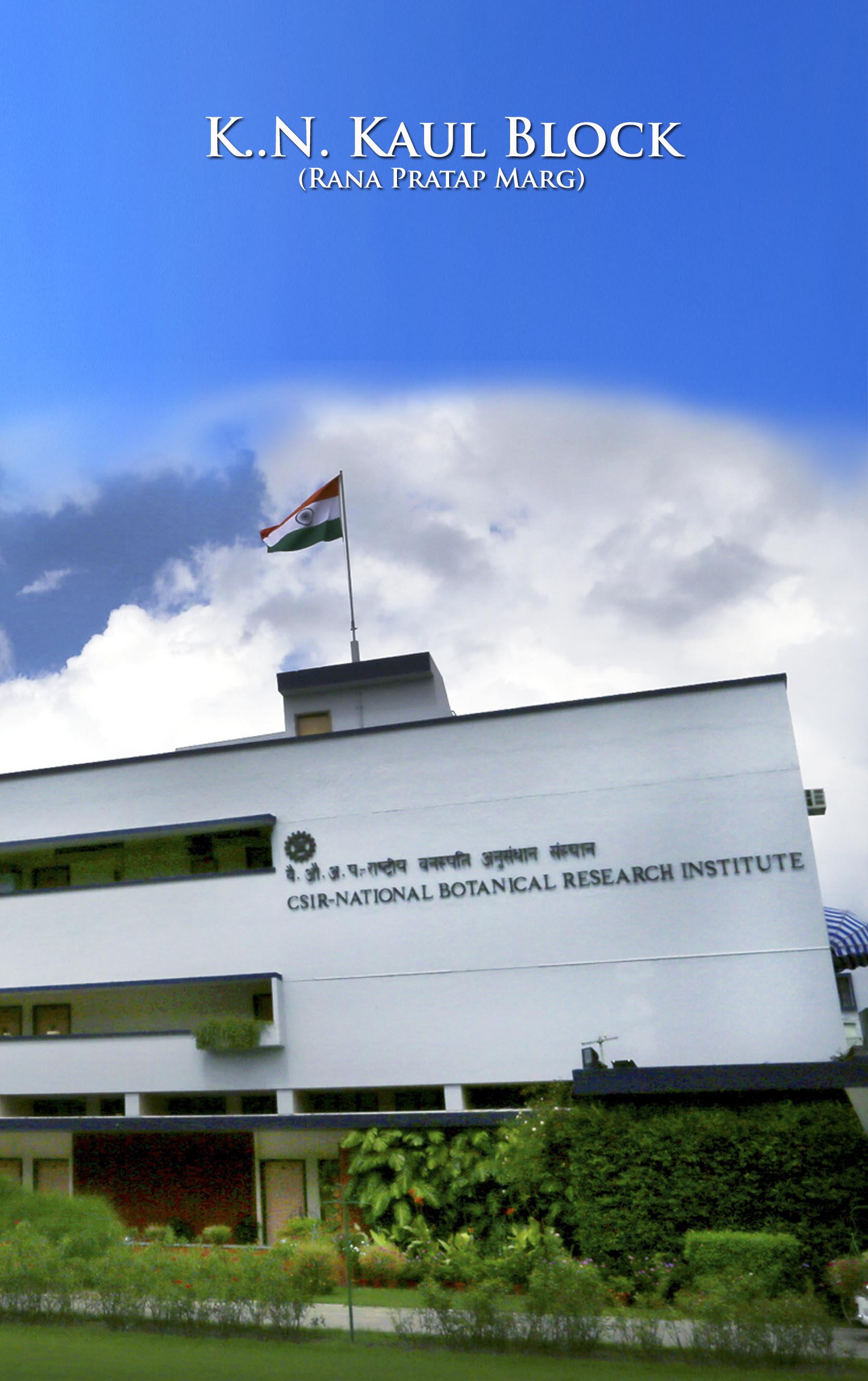
The broad research focus of “Plant Genetic Resources and Improvement” division is to improve the genetic makeup of medicinal, underutilized, ornamental and industrial the crops (opium poppy, cannabis, winged bean, tree bean, Chrysanthemum, linseed, guar, cotton, guggul and banana). In opium poppy, the development of specific alkaloid rich variety is a major focus to mitigate the demand of pharma industries. We have isolated stable lines having high content of thebaine and narcotine from the advance generations(F13) of interspecific crosses between P. somniferum and P. setigerum. Consequently, wehave also released two developed thebaine rich varieties Ayush (NBIHT-3), Abha (NBMHT-4) and a high opium yielding variety Madakini for commercial cultivation. The group is also initiating the molecular breeding. GWAS study has been already performed to expedite trait associated genes/ loci linking functional traits. Recently we have taken anew miracle crop Cannabis for the first time in India for its genetic improvement of industrial and medicinal use. We have collected large number of germplasm from different states of India. In addition, a private agency funded a mega project to us for its genetic improvement and development of varieties rich in fiber and CBD contents and low in THC content.Besides the Cannabis, the group is also working on Linseed for development of flaxvariety rich in fiber in one hand, while on other hand development of variety for its edible oil. In Chrysanthemum, we have developed large number of varieties through Ƴ-ray induced mutation for petal shape, colour and arrangement. Recently we have released“Pokhraj” as new variety with variation in petal colour and shape. We have Ƴ-ray induced mutation facility to mutate varieties of seed/seedlings samples. The group has alsocollected the underutilized legumes Parkia timoriana and Psophocarpus tetragonolobus, Canavalia gladiata and Mucuna sp. and maintained in our experimental field. Weidentified and validated some of the novel-transcripts responsible for biosynthesis of pro-anthocyanidin in Psophocarpus tetragonolobus. In addition, we have characterized seed-oil of P. tetragonolobus. We also performed genetic mapping, consensus mapping for dissecting QTLs and QTL hotspots. QTL hot spots based characterization with NGS data is also our major focus to identify haplotype blocks associated with various traits in cotton. A draft genome of guggul has been completed by this group. However, the finished genome of guggul is still going on. Besides these activities, FCM based genome and ploidy estimation in Musa samples is also an important research activity of this group
